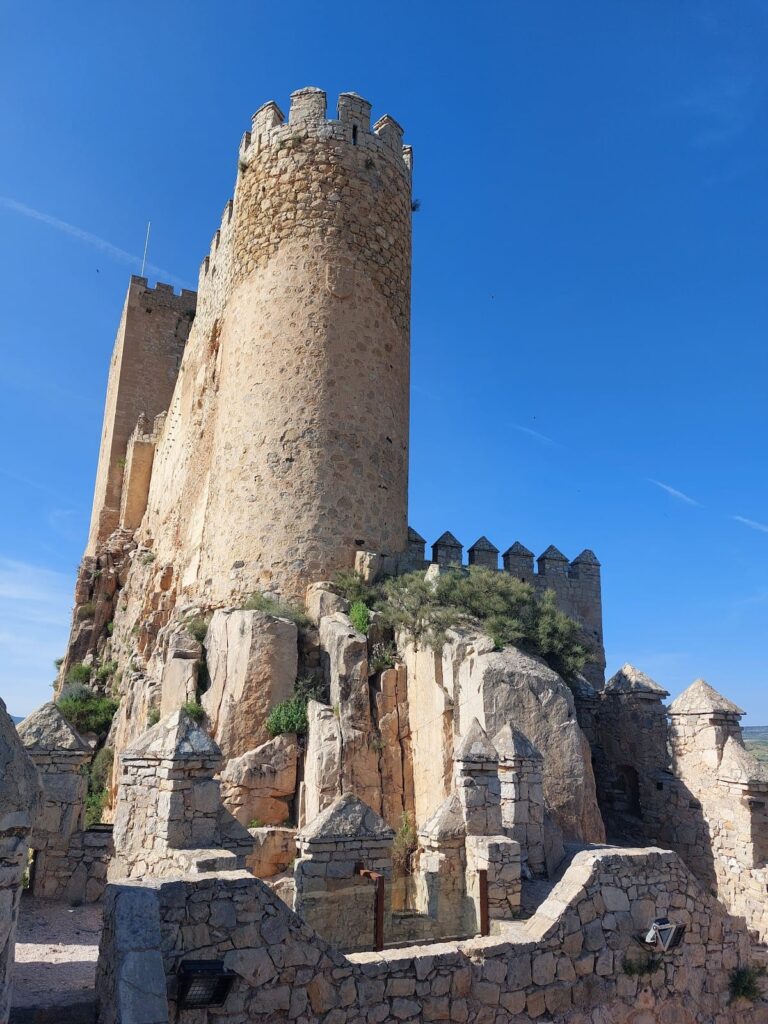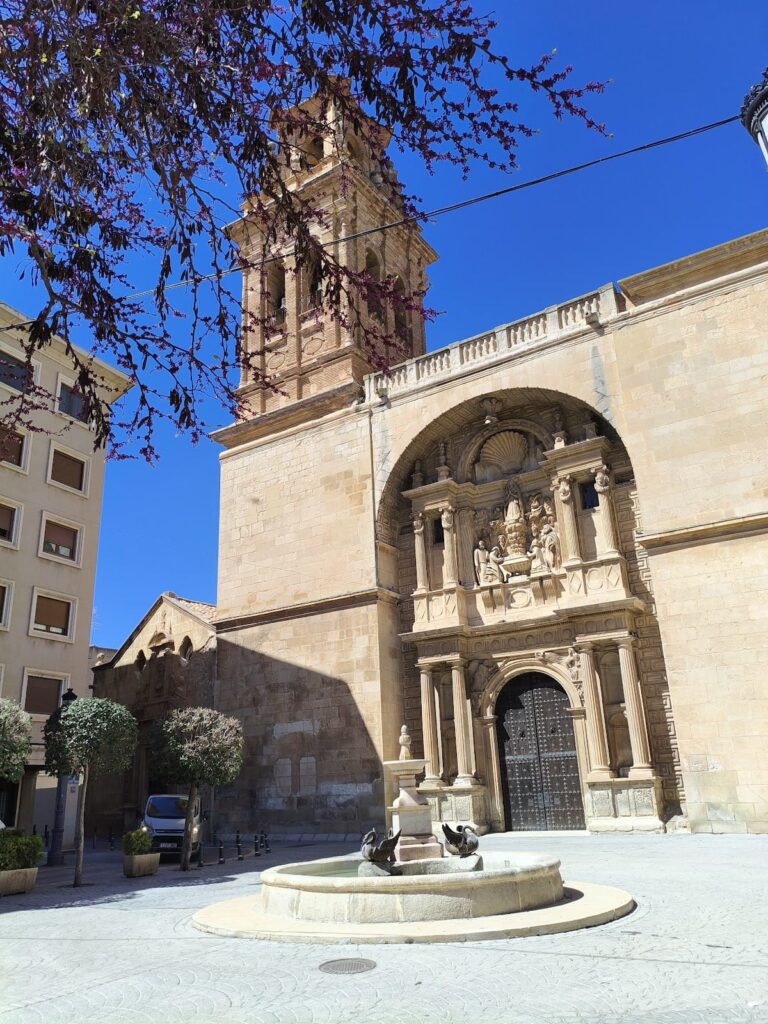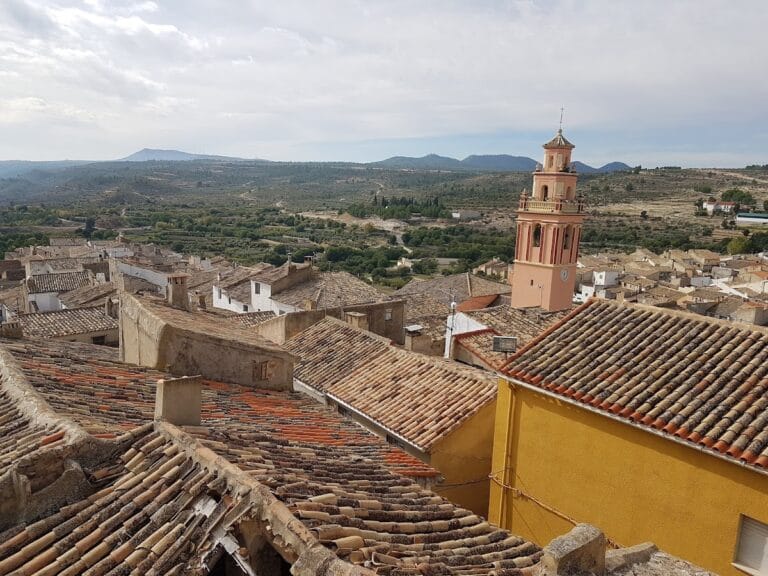Castle of Almansa: A Historic Fortress in Albacete, Spain
Visitor Information
Google Rating: 4.5
Popularity: Medium
Google Maps: View on Google Maps
Official Website: almansaturistica.es
Country: Spain
Civilization: Medieval European
Remains: Military
History
The Castle of Almansa stands on Cerro del Águila, a rocky hill in Almansa, Albacete, Spain. It was originally established in the 12th century by the Muslim Almohad dynasty as a fortress to control the surrounding territory. This early construction laid the foundation for the castle’s strategic role in the region.
In the 13th century, Christian forces led by King Jaime I captured the castle. Following this conquest, the fortress was expanded and strengthened. During this century, the castle also came under the control of the Knights Templar for a period, reflecting its importance in the military and religious conflicts of the time.
The 14th century saw Almansa and its castle become part of the Lordship of Villena. Don Juan Manuel, a notable nobleman, undertook significant reconstruction of the castle’s walls. Documents from 1338 and 1346 record these fortification efforts, which included new construction to enhance the castle’s defenses.
Between 1449 and 1454, Juan Pacheco, the 2nd Marquis of Villena, shaped the castle’s current form. He built the keep, or tower of homage, added semicircular towers along the walls, and constructed a defensive barbican. His heraldic shields were placed on the keep’s exterior and on the keystones of the vaults, marking his influence on the castle’s design.
From the 16th century onward, the castle lost its military role and gradually fell into neglect. By 1919, it was in ruins and faced demolition. However, intervention by the Royal Academies of History and Fine Arts saved the castle. In 1921, it was declared a National Historic-Artistic Monument, recognizing its cultural and historical value.
Restoration began in 1952 and has continued with the goal of preserving the castle’s defensive character and restoring its 15th-century appearance. Archaeological excavations and studies of interior wall paintings, some dating back to the 15th century, have helped clarify the castle’s original layout and historical phases.
Remains
The Castle of Almansa is built on an elongated plateau atop Cerro del Águila, measuring about 100 meters long, 30 meters wide, and rising 73 meters high. Its layout includes multiple defensive enclosures arranged on different levels, culminating in the keep at the highest point. The walls follow the natural slopes of the hill and are constructed from high-quality masonry.
The castle’s walls feature semicircular towers at the corners and crenellated parapets topped with pyramidal merlons, which are the solid upright sections of battlements. A curved barbican protects the main western entrance, which remains in use today. There are two main gates: the western gate, accessible to both foot and horse traffic through the barbican, and an eastern gate once used for carts. The eastern gate is now inaccessible due to quarrying on the slope below.
The keep is a rectangular tower made of masonry and finely cut stone known as ashlar. Each of its four exterior walls displays the heraldic shields of Juan Pacheco. Inside, the keep includes a basement reached by a trapdoor, a ground floor with entrances, a lost intermediate floor, and a rooftop terrace. Access to the terrace is provided by a unique Gothic-style spiral staircase carved directly into the rock. This staircase features stone and brick ribbed vaulting, with keystones bearing heraldic symbols.
Within the keep, stone benches are positioned by windows that overlook the town and the castle courtyard. The Gothic rib vaults and the spiral staircase are distinctive architectural elements not commonly found in military fortresses of the period.
The castle’s interior also contains remains of a palatial area on the east side, including some wall fragments and a small vault. Historical evidence suggests there was once an access tower to the keep, possibly connected by a drawbridge, which would have enhanced the keep’s defense. However, no physical remains of this tower survive.
Restoration efforts have included rebuilding missing walls, towers, and battlements. Stabilization of rock fissures has been achieved using anchors and cement injections. Modern additions include nighttime illumination, landscaping, and improved access routes. Archaeological excavations continue to clarify the castle’s former configurations and support ongoing preservation.










